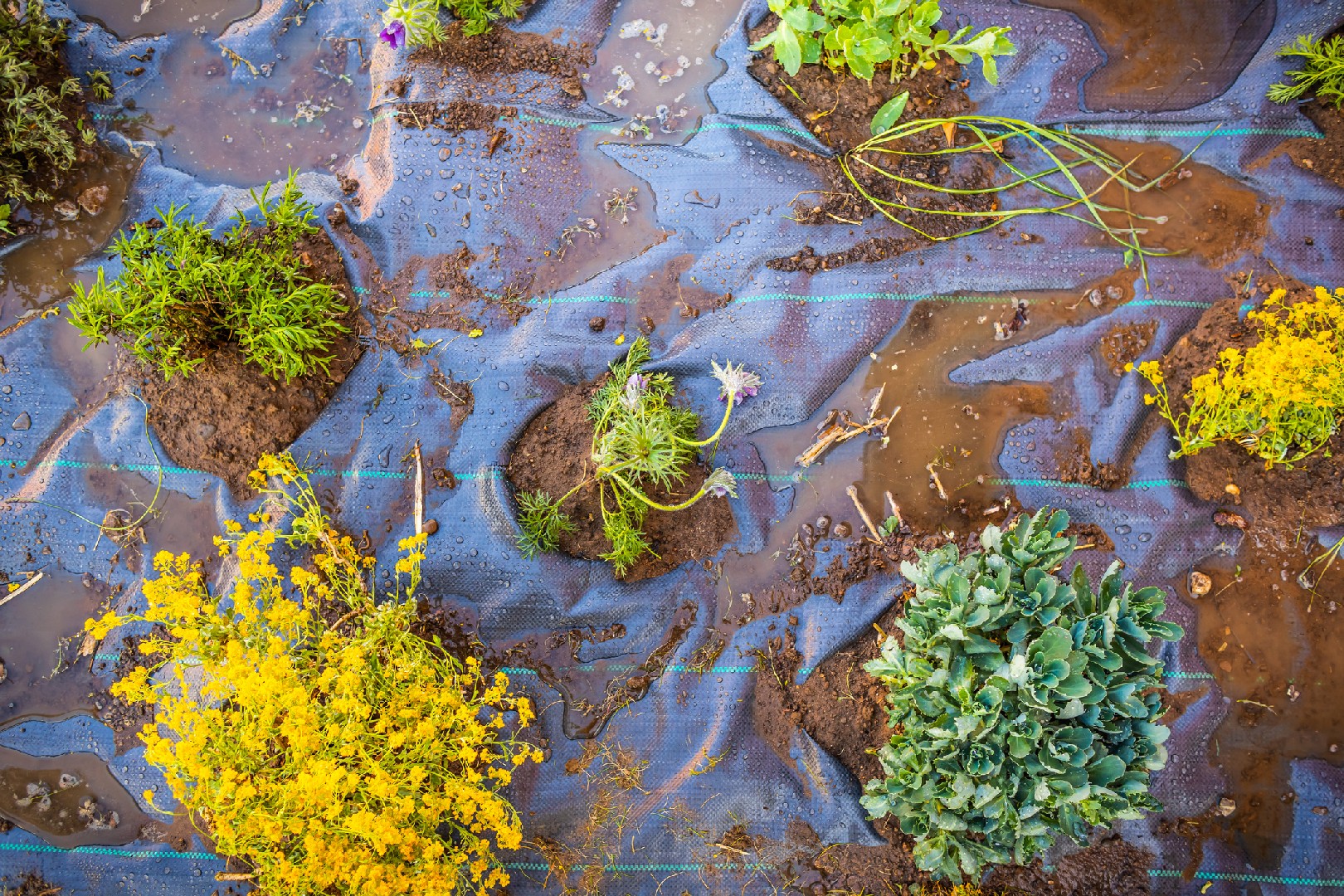![Rectangle]()
Proper Installation Techniques
Proper installation techniques are crucial for ensuring the effectiveness of weed control fabrics. By following a step-by-step guide, you can install these fabrics with ease and maximize their weed-preventing benefits.
Step 1: Prepare the Area Before installing weed control fabrics, you need to prepare the area properly. Start by removing any existing weeds or grass from the soil. Use a garden rake to loosen the top layer of soil and remove any debris. This will create a clean and smooth surface for the fabric.
Step 2: Measure and Cut the Fabric Measure the area where you want to install the fabric and cut it according to the size needed. It's important to ensure that the fabric completely covers the intended area, including any curves or corners. Leave a few inches of excess fabric on all sides to secure it later.
Step 3: Secure the Fabric Lay the fabric over the prepared area, ensuring that it is flat and wrinkle-free. Use landscape pins or staples to secure the fabric to the ground. Place the pins or staples every few feet along the edges and in the middle to prevent the fabric from shifting or getting blown away by wind.
Step 4: Overlap the Seams If you are using multiple rolls of fabric, overlap the seams by a few inches. This will prevent any gaps where weeds can grow through. Secure the overlapping sections with landscape pins or staples to hold them in place.
Step 5: Create Planting Holes If you plan to plant through the fabric, use a sharp knife or scissors to cut X-shaped slits in the fabric where you want to place your plants. Make sure the slits are large enough to accommodate the root ball of the plants.
By following these installation techniques, you can ensure that the weed control fabric is properly installed and functions effectively. However, it's important to avoid common installation mistakes that may compromise its performance.
One common mistake to avoid is installing the fabric too tightly. Overstretching the fabric can cause it to tear or rip over time. Leave some slack in the fabric to accommodate the natural movement of the ground.
Another mistake is not properly securing the fabric to the ground. If the fabric is not adequately anchored, it can get displaced over time, allowing weeds to grow through the gaps. Use enough landscape pins or staples to keep the fabric in place.
Maintenance and Replacement Frequency: To maintain the effectiveness of weed control fabrics, regular maintenance is necessary. Inspect the fabric periodically to check for any signs of damage or wear. Remove any debris or weeds that may have accumulated on the surface.
In terms of replacement frequency, it depends on various factors such as the quality of the fabric, weather conditions, and the presence of aggressive weed species. As a general guideline, consider replacing the fabric every 3-5 years or sooner if you notice significant deterioration.
By following proper installation techniques, avoiding common mistakes, and staying on top of maintenance, you can ensure that weed control fabrics provide optimal weed prevention and make your gardening tasks easier. So, make sure to invest time and effort into installing and maintaining these fabrics and enjoy a weed-free garden all year round.





